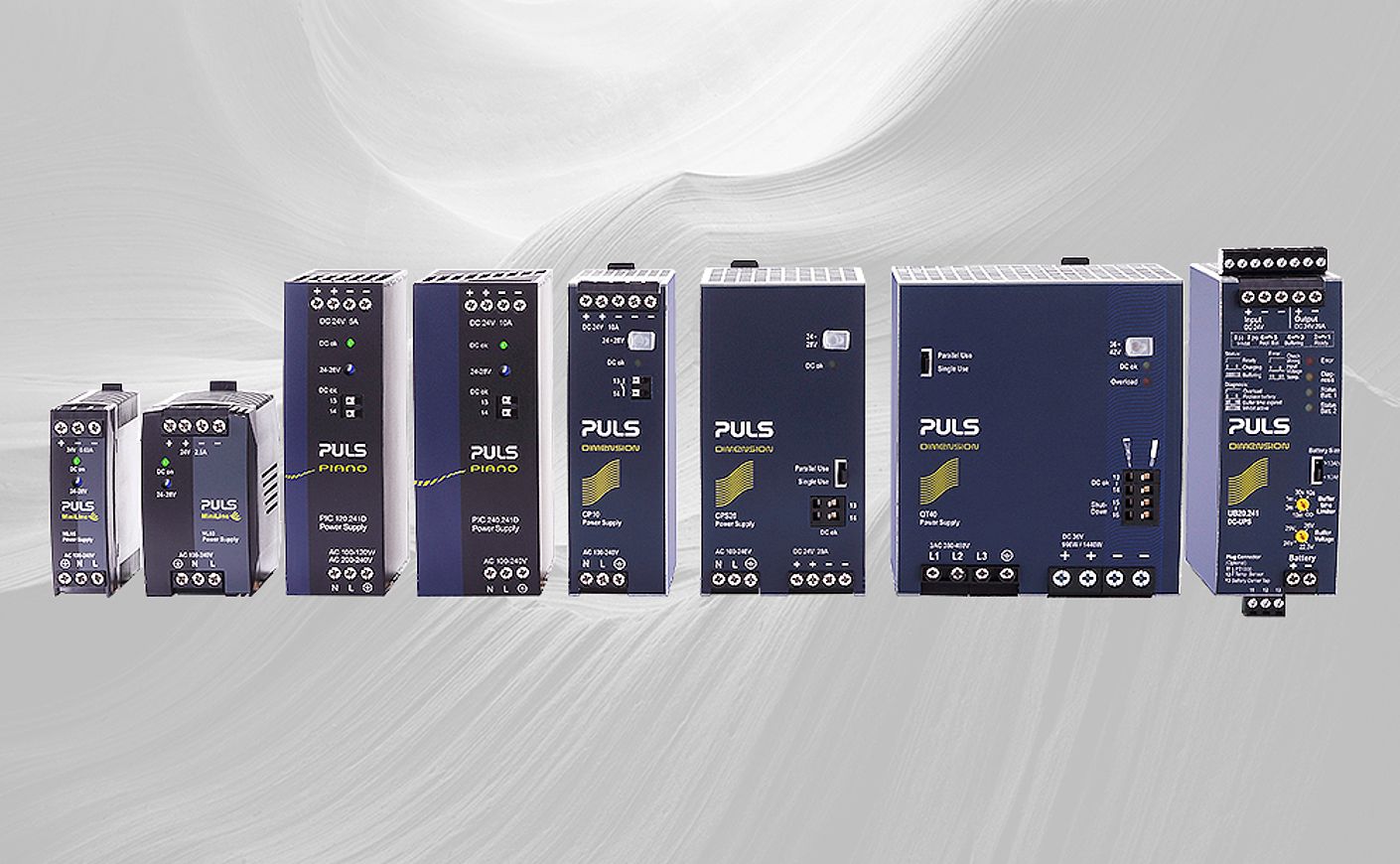News & Events
Choosing a Power Supply
The power supply is a critical component that often determines the performance, reliability and longevity of the system.
It is important to match the output voltage of the power supply to the input voltage of the device to be powered. Some devices give you a range of voltage i.e. 10 VDC to 30 VDC). In this case, a standard 12 VDC or a standard 24 VDC power supply would be sufficient. Many devices have a set requirement (i.e. 24 VDC) in which case that is the exact voltage required. If you supply more or less voltage, you are in danger of damaging the device. It is important to note if the device requires AC or DC voltage, as using the wrong one will certainly damage the device.
Another factor is amperage. The device will draw some amount of amperage from the supply. The supply must provide at least this amperage. Unlike voltage, the amperage can be significantly more than required. If the device will draw 3 amps, and the power supply supplies 10 amps, then you will have 7 amps left over but the device will only draw what is needed. The extra amperage does not affect the device.
Some devices specify watts required. Watts is a calculation of voltage and amps. If the device requires 48 watts and the voltage requirement is 24 VDC, then it will need 2 amps.
Size and environment are important factors. If the power supply will be in a control cabinet on the factory floor, will it be environmentally controlled/ In other words, does the cabinet have an air conditioner and / or heater to maintain the temperature? Does it have filters in the vents to keep it completely dust free? Is there vibration dampening equipment? You will most likely not have a perfect environment and will need to have an industrial rated power supply that will not fail under the conditions inside the cabinet. In fact, all devices in that cabinet must be rated to that environment (Ethernet switches and routers, etc). Then you must ensure of the mounting system of the power supply and other equipment. Is it DIN rail mountable? And finally, how much room is available, and does the size of the power supply fit that space?
Will you want a battery backup to the supply? Many brands have options for battery backup to keep your devices protected and powered through brown outs and black outs.
One more factor most people do not consider is MTBF (mean time between failure). This refers to lab testing done on a particular brand’s equipment, and represents the reliability of the product (the average time it will operate before it fails). This is important to give you peace of mind that your equipment will last.
Fortunately, B&K has experts that can help you source the exact power supply needed for your application. Give us a call and talk power supplies!


